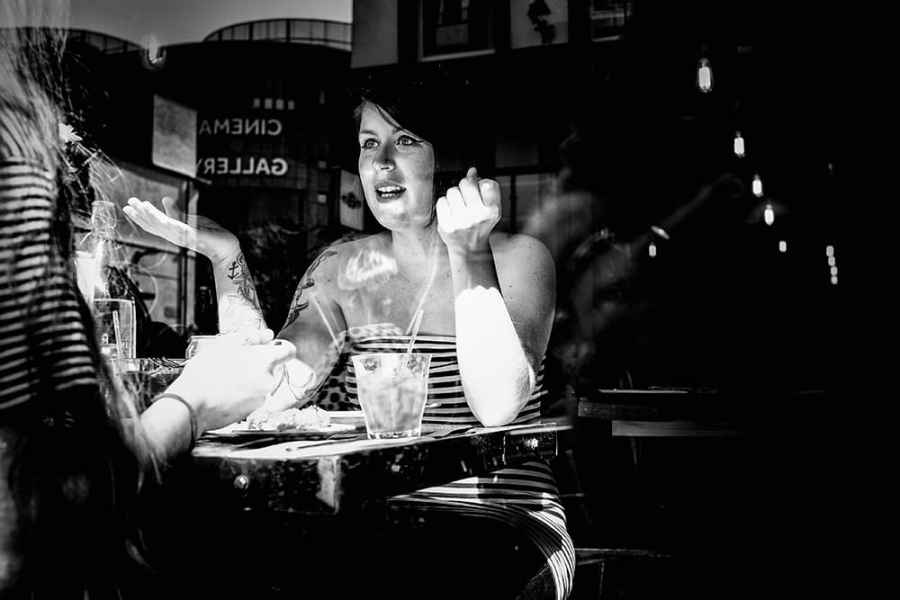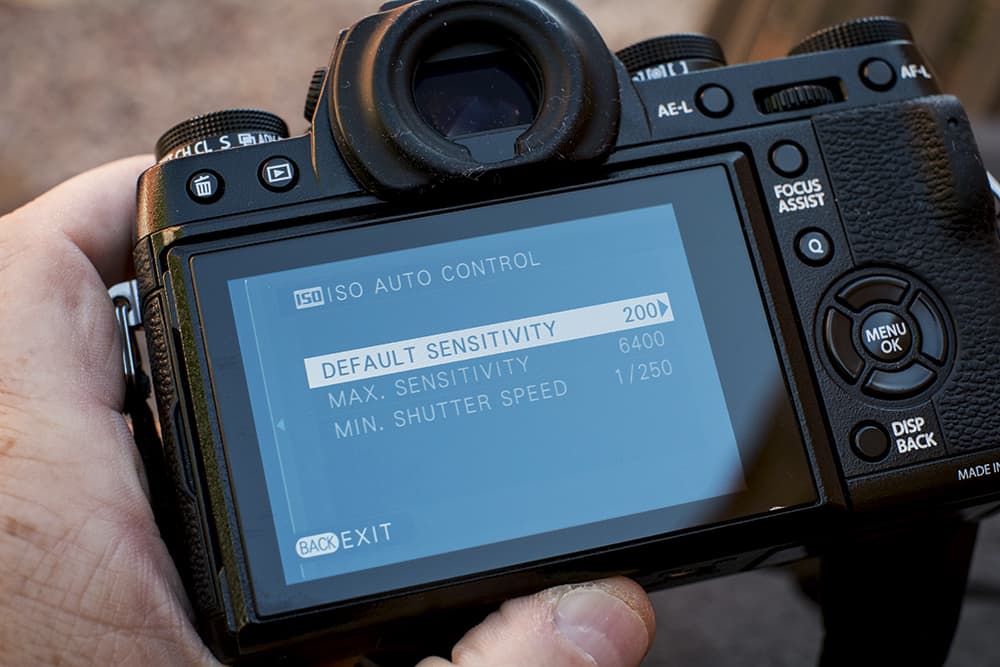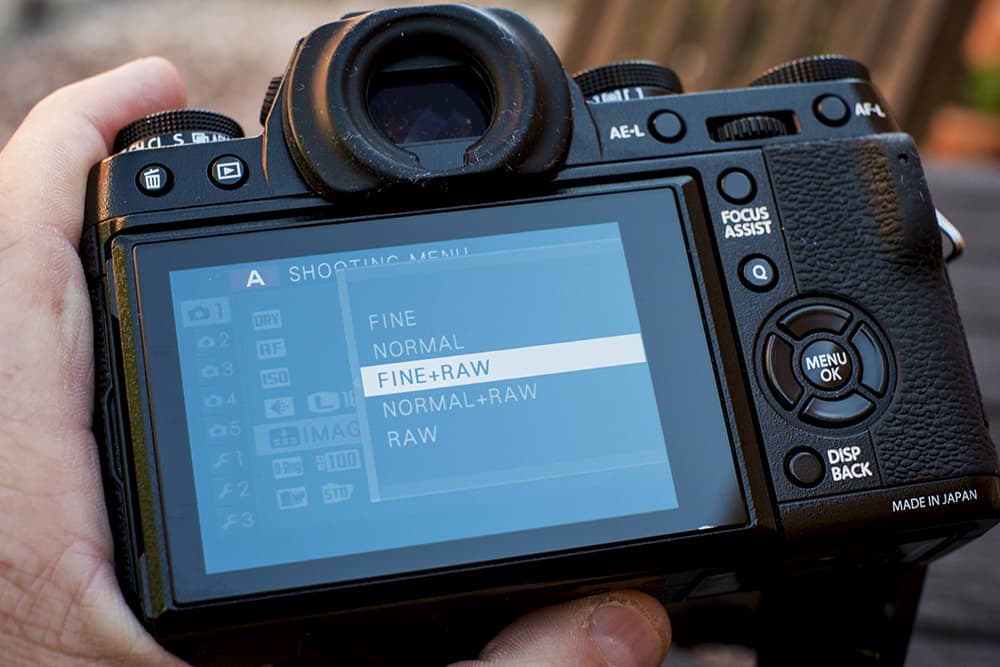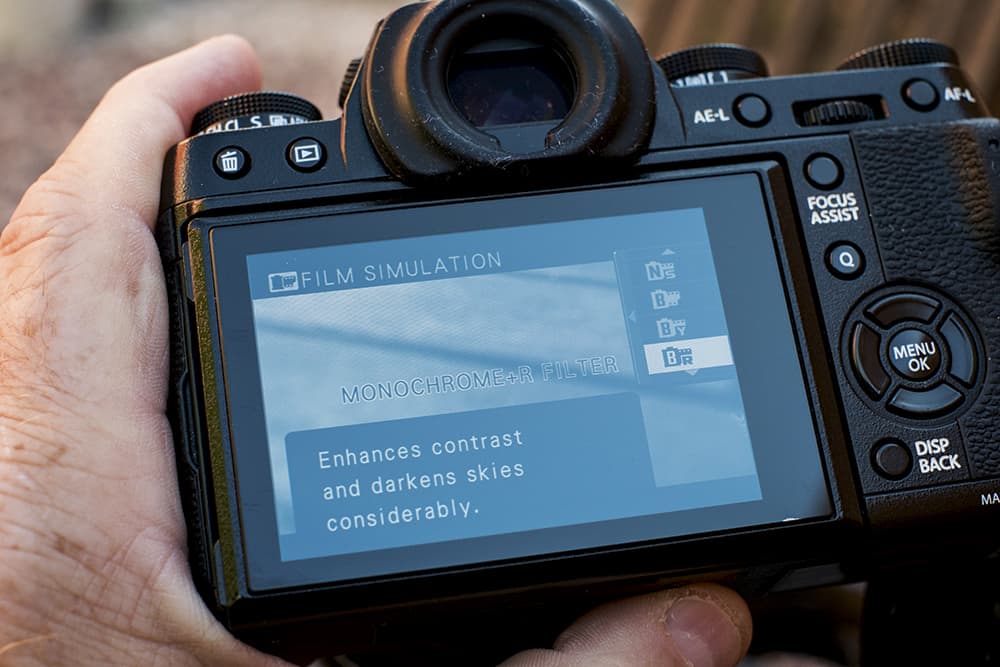I’m what you’d call a candid street photographer. I don’t, generally, shoot people when they know I’m looking at them. Funnily enough, my main line of work is shooting events, where I’m always talking to people, interacting, getting them to pose in a certain way; but on the street it’s the complete opposite – I don’t talk, don’t make eye contact, nothing.

‘Into the Light’. When you see a lighting opportunity like this, you need to be able to take advantage of it. All photos by Matt Hart
The Fujifilm X-T1 is perfect for that because of three key factors: the tilting screen, its speedy shooting, and its small size. People don’t recognise it as a professional-looking camera, which makes it especially perfect for the kind of photography I like to do.
Equipment
The Fujifilm X-T1 is a CSC, meaning I have to choose which lenses I’m going to take with me. I’ve had the 35mm f/1.4 lens attached to the front of my camera for a long time, and it’s a fine street photography lens, but I’d also like to say a word for the 16mm f/1.4.
It’s an unusually wide lens for street work, but I’m almost starting to like it better than the 35mm. The current fashion for street photography is to get in very close, but I find that getting in the background buildings and other aspects adds more interest to an image. Experiment, see what works for you – if you don’t feel comfortable with such a wideangle, then a 35mm or 50mm lens will suit you very well.
One thing that is really a requirement, though, is a fast aperture. I don’t shoot all the way at f/1.4, I generally keep it around f/2; however, that f/1.4 aperture gives you so much more latitude for when it gets darker in the evenings.
Accessory-wise, I keep it simple – you don’t want to be carrying too much for street work. A Domke canvas bag to keep the camera in and a Peak Design Leash to keep it secure, that does the trick.
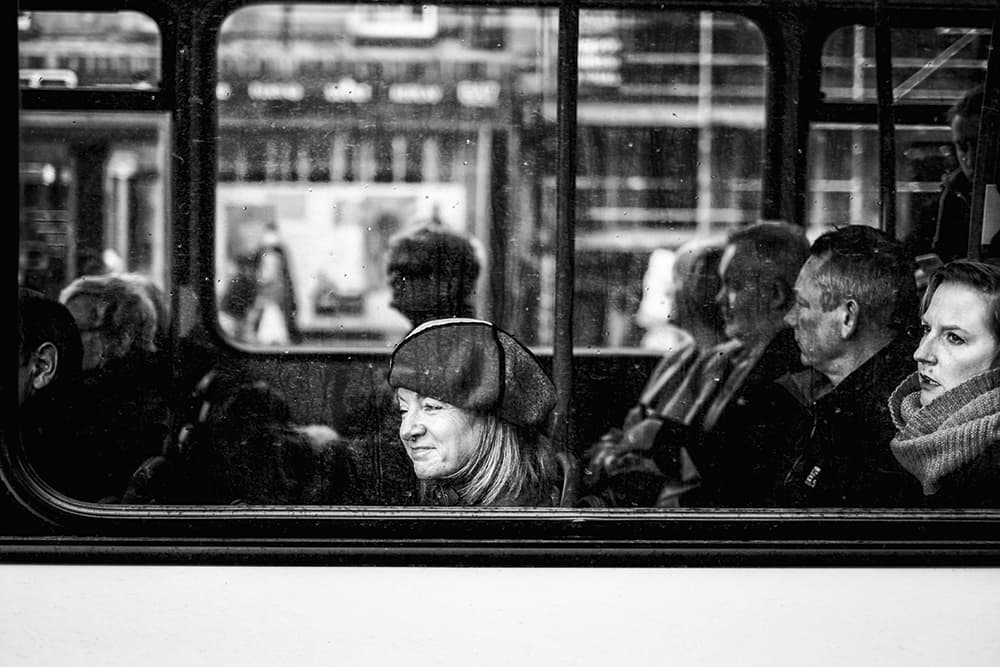
‘Happy Thoughts’. This image shows a bus in Edinburgh. I used Fujifilm’s XF 35mm lens, which is excellent for street photography
Settings
There are a lot of factors to think about when setting up your camera for street photography. Focusing-wise, I use both single-point autofocus and zone focus, and I also use back-button focusing for a more manual street approach (which I’ll come onto later).
When I’m using autofocus, I like to shoot wide open, so that’ll generally be at about f/4 or f/5.6. I set white balance to auto in Menu 2, and I let my camera control ISO settings in Auto ISO mode, which I set in Menu 1. I don’t give it completely free rein, though – I set default sensitivity to 200 and the maximum to 6400, so my pictures won’t be too noisy to be usable. The minimum shutter speed I set to is 1/250sec, which I dial up to 1/500sec if it’s proving too slow. I like to mix up my exposures, depending on the scene, so metering-wise I might use Multi mode, or flick between Spot and Average.
I don’t shoot with the viewfinder as much as I do with the LCD. I’ve started adopting a Vivian Maier-esque approach, using the LCD to imitate the way she shot with a waist-level finder. A lot of people would tilt the screen out at different angles, but I just hold it at my waist and look down. I find that using the LCD monitor helps me with my composition – I like to shoot from the hip, but that can be a little hit and miss, whereas using the LCD makes my hit rate significantly better! I try not to go near the viewfinder, because it tempts you to make eye contact with your subject.
In Menu 1, I set the camera to take Fine JPEG + Raw, and set dynamic range to 100%. If I want to use the film simulation modes for JPEGs, I’ll go with Monochrome Plus Red Filter for black and white, and Fujifilm’s PRO Neg for colour. Final bits of fine-tuning: I set Sharpness to +1, and Noise Reduction to -1.
Back button focusing
On Menu Four, I set AE/AF Lock mode to switch, and the AE/AF lock button to both AE and AF. Using this configuration I can use the AL and AF buttons to back-button focus, which means instructing your camera to lock focus when you press one of these back buttons in manual mode. This means that your shutter release is just for shooting rather than focusing, therefore allowing you to expose an image much more quickly and you can keep taking shots over and over again without having to worry about the autofocus kicking in.
Locking focus in this manner does require some practice and preparation. I use single-shot mode most of the time – I very rarely use continuous focusing when out on the street. What I generally do is pick a point two feet away from me where there’s an object or landmark – a litter bin is a good example. I then pre-focus the camera on the litter bin using back-button focus (meaning I press the AF Lock button) and lock it in. This means that no matter how many times I hit the shutter, the focus won’t change. I can then walk down the street, and every time someone walks a couple of feet in front of me they’ll be in focus.
If I decide I want to shoot someone from a little further away, it’s simple just to re-lock focus at a distance of three feet using the pavement or some other landmark, using the same rear button method, and I can keep adjusting it and locking the adjustments in with the back button.
This method actually has its roots in film – I still shoot with a film camera, and when I’m using it I manually focus my lens to a certain point at f/8 or so and wait for someone to walk into my zone of focus. It’s a little more difficult than with digital, since on the X-T1 I always have the option to quickly switch back to auto and grab a shot with autofocus if all else fails!
The Eye Sensor
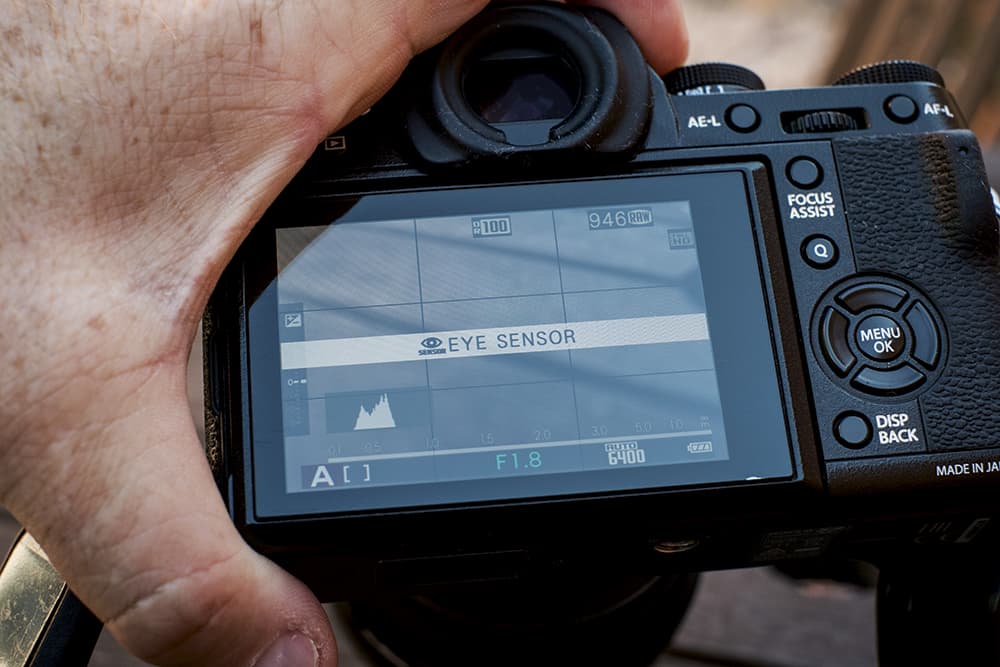
One of my favourite features of the Fujifilm X-T1 is its Eye Sensor, which detects whether or not you’re looking at the camera. I use it to extend the X-T1’s battery life – I use the View Mode button to set it up so that the rear screen switches off when I cover the eyepiece with my hand. As soon as I remove my hand, the rear screen comes alive and I can compose. It serves multiple purposes – not only am I conserving battery power, but I’m also hiding the fact that my camera is switched on, and helping myself shoot faster all day by making sure the camera doesn’t reset or turn itself off.
Setting up for street photos
If you’re in a hurry to set up and shoot, here are the five key settings to remember, in order to get your camera working the way mine does. Try to commit this list to memory, and you’ll be able to quickly ensure your camera is optimised for street work.

